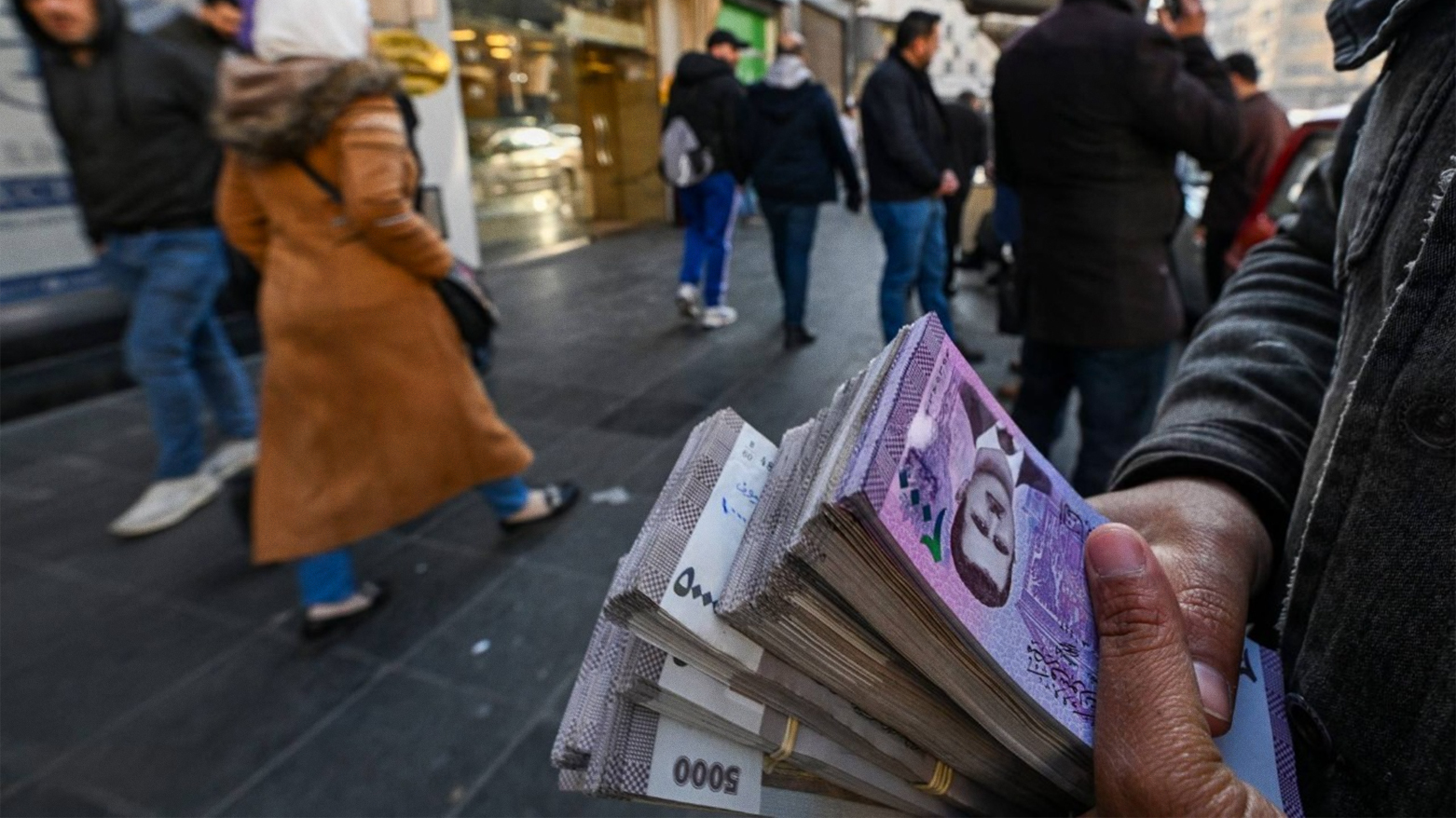Syria’s New Era: Banknotes Without Assad
The plan to print a redesigned Syrian currency—without the image of former President Bashar al-Assad—marks both a symbolic and strategic departure from the era of civil war and Russian patronage.

By Kamaran Aziz
ERBIL (Kurdistan24) – In a striking sign of Syria’s shifting geopolitical alignments, the country’s new rulers plan to print redesigned currency in the United Arab Emirates and Germany, ending more than a decade of reliance on Russia for the production of Syrian banknotes.
According to an exclusive report by Reuters, the move underscores deepening relations between Damascus and Gulf Arab as well as Western nations following the U.S. President’s decision earlier this week to lift long-standing American sanctions on Syria.
The plan to print a redesigned Syrian currency—without the image of former President Bashar al-Assad—marks both a symbolic and strategic departure from the era of civil war and Russian patronage. Reuters reports that Syrian authorities began exploring alternative printing arrangements earlier this year, a process accelerated after the European Union partially eased sanctions on Damascus in February.
The redesigned currency will replace one of the existing purple-hued denominations still bearing Assad’s image.
This aesthetic and political rebranding comes as Syria’s transitional government, installed after Assad’s flight to Russia in December, scrambles to stabilize a war-ravaged economy. The country has recently faced a severe shortage of banknotes, compounding the crisis.
According to Reuters, Damascus is now in advanced negotiations with the UAE-based company Oumolat. Syria’s central bank governor and finance minister reportedly visited the firm during a recent trip to the Emirates.
Meanwhile, Germany’s state-backed Bundesdruckerei and private security printing firm Giesecke+Devrient have also shown interest, although their potential involvement remains unconfirmed. Bundesdruckerei denied any ongoing talks, and Giesecke+Devrient declined to comment.
The currency-printing shift coincides with the announcement of an $800 million preliminary agreement between Syria and UAE port operator DP World to develop Tartus Port. This deal, signed on Thursday, is the first major foreign investment since the U.S. President’s surprise declaration on Tuesday that American sanctions on Syria would be lifted.
The move is widely interpreted as part of a broader strategy to reintroduce Syria into regional political and economic frameworks.
Although Syria’s new leadership has retained relations with Russia—receiving recent cash, fuel, and wheat shipments—the move to relocate currency printing away from Moscow has raised concerns in European capitals. As Reuters notes, EU policymakers are wary of Russia’s enduring influence in Syria, particularly its foothold in the country’s coastal military bases.
The ongoing currency shortage continues to squeeze Syrian households and businesses. The Syrian pound, once trading at 50 to the dollar in 2011, now hovers around 10,000 on the black market—an improvement from the nadir of 15,000 prior to Assad’s departure.
According to Reuters, officials attribute the cash crunch to hoarding by citizens and disruptive actors, while bankers suggest that the state is deliberately restricting supply to manage the exchange rate.
Despite the economic pressures, Damascus appears poised to reorient its recovery efforts away from traditional alliances and toward new regional partners. With currency redesign, port deals, and diplomatic overtures accelerating, Syria’s post-conflict trajectory now hinges on its ability to balance pragmatism with national sovereignty—and to redefine its place in a transformed regional order.
